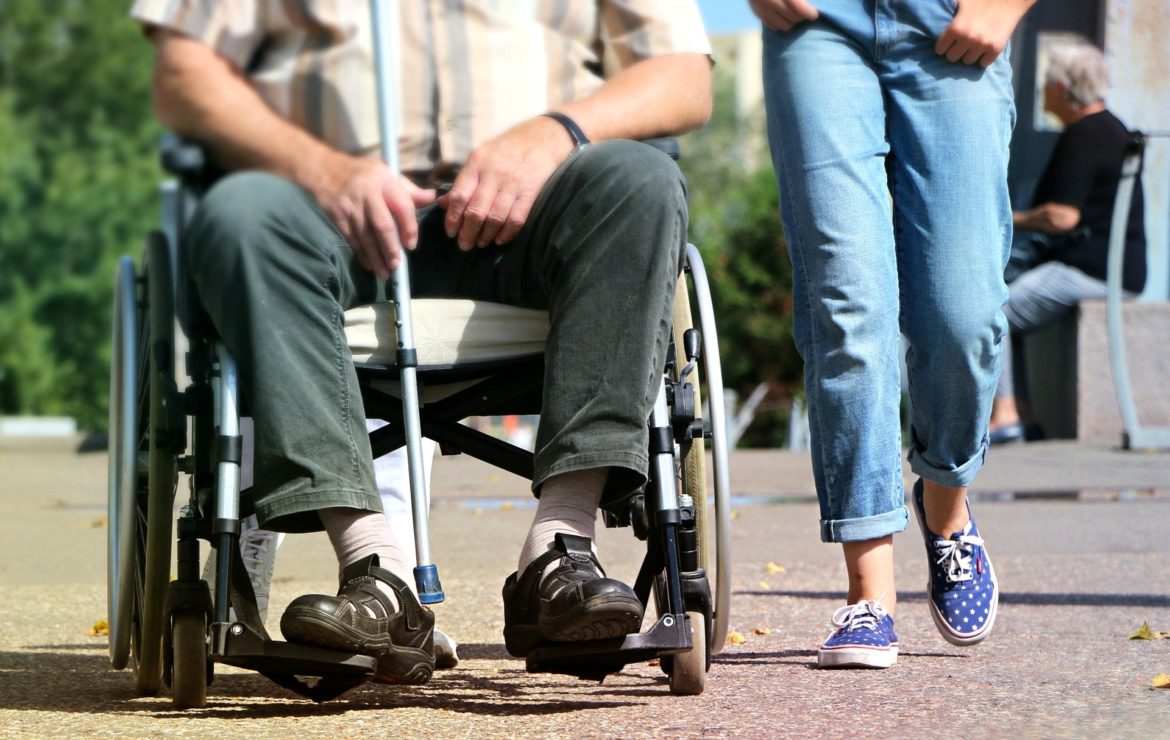Your Muscular Dystrophy Questions Answered

Over 70,000 people are diagnosed with muscular dystrophy in the UK, but when you or your child has been given a diagnosis, it can feel as though you are the only one going through this.
But that’s not the case. There is help and support available for whoever is learning to live with an MD diagnosis.
Whether you have just heard the news or have had some time to let everything sink in, you are sure to have questions. At Four Oaks Healthcare, we have been supporting individuals and families with muscular dystrophy for years. In addition to the questions answered here, we have responded to some of the other questions we get asked regularly.
If you can’t find the answer to your question here, please do get in touch with us and we will offer any additional information we can.
Muscular dystrophy frequently asked questions
- What causes muscular dystrophy?
Muscular dystrophy, or MD, is caused when the genes responsible for healthy muscle function and structure mutate. The result of which is a weakening of the muscles.
While MD is usually inherited, there are occasions where genes will mutate for unknown reasons; therefore, while this condition usually runs in families, there is a chance that MD can develop in individuals with no previous family history of this type of illness.
- Can you get muscular dystrophy at any age?
Muscular dystrophy can occur at any point between early childhood through to late adulthood, depending on the classification your specific diagnosis falls under:
| Type of muscular dystrophy | Lifestage usually diagnosed |
| Duchenne muscular dystrophy | Early childhood |
| Emery-Dreifuss muscular dystrophy | Both early childhood and early adulthood |
| Facioscapulohumeral muscular dystrophy | Both early childhood and early adulthood |
| Limb-girdle muscular dystrophy | Late childhood |
| Becker muscular dystrophy | Late childhood |
| Oculopharyngeal muscular dystrophy | Late adulthood |
| Myotonic dystrophy | Can develop at any age |
- Why is muscular dystrophy more common in males?
Becker muscular dystrophy and Duchenne muscular dystrophy are X-linked disorders, which involves the mutation of a gene in the X chromosome. Males have one X and Y chromosome, if the X chromosome mutates, MD can be inherited. In contrast, females have two X chromosomes. This is why muscular dystrophy is more common in males.
- Can females get muscular dystrophy?
Females can inherit or develop muscular dystrophy, but it is less common as they have two X chromosomes. If one of the chromosomes inherits the condition, the other chromosome will likely mask the altered version.
Diagnosis of an X-linked disorder in a female will usually be less severe than in a male.
- Does muscular dystrophy skip a generation?
There is a chance that a recessive inherited MD disorder may ‘skip a generation’. If you inherit this type of altered gene from one parent, you will essentially become a carrier. While you will not be affected, if you have a child with someone who is also a carrier, there is a chance that your child will inherit MD.
Nursing care for people diagnosed with muscular dystrophy
Depending on the type of MD you are diagnosed with, you may find that you require additional help or care as your symptoms develop.
Because of the many different MD types, it’s vital to ensure that nursing care is available that suits you. While you may not require any additional help or assistance at first, you may reach a point where investing in care can help you maintain your independence for as long as possible.
It’s essential that you and chosen loved ones are involved in the care plan preparation and that the plan is as flexible as possible. You should be able to adapt and change it as you or your care team see fit.




